Hakai Pass, along with its famous counterparts Langara Island and Rivers Inlet, is one of the three legendary Nirvanas in the world of sport fishing. Nestled amidst the rugged beauty of the Canadian wilderness, it has earned its reputation as the "most beautiful remote fishing area in all of British Columbia." Situated 417 kilometers north of Vancouver, Hakai Pass is surrounded by a multitude of rocky islands that gaze out over the vast expanse of the Pacific Ocean. To access this angler's haven, adventurous souls can book a float plane journey from Vancouver's South Terminal, landing right at the doorstep of the fishing lodges. Every angler with a passion for fishing must experience the thrill of fishing in these waters at least once in their lifetime.
-
The winter fishing season in Hakai Pass is dominated by the arrival of abundant feeder chinook in October. These waters are teeming with these impressive fish, making it almost impossible not to get a strike with every cast of your Mac Fish Jig. Unfortunately, winter fishing remains largely untapped due to the remote location of Hakai Pass, causing many lodges to close for the season.
-
Summer, on the other hand, brings a different kind of excitement. It's the time when salmon, fresh from the ocean, begin their journey to the Rivers Inlet basin and other southern rivers. In August 1987, a remarkable achievement took place with the capture of an 85.5 lb chinook, setting an IGFA World Record using a 20 lb test line. But even larger giants lurk in the deep waters, as commercial fishermen have reeled in a colossal 126 lb chinook near Cape Calvert in recent years.
-
The annual cycle of salmon runs in Hakai Pass is a spectacle to behold. All five species of salmon can be found here: chinook, coho, sockeye, chum, and pink. As this is a summer-only fishery, all species appear in their mature forms during the summer and fall months as they head toward their spawning grounds. Chinook, however, are also seen as resident winter feeders, although the fishing pressure during this season is relatively low.
-
From October 15 to May 15, winter feeder chinook congregate in the shallow waters of local bays, feasting on vast schools of herring. In June, the feeder and white-fleshed chinook can weigh up to 38 pounds. June also marks the beginning of the summer salmon runs, with sockeye making their way to the Fraser River.
-
July is when Tyee chinook fishing (chinook exceeding 30 lbs) starts and reaches its peak in the third week of August. During July, coho salmon typically average between 9 and 15 lbs. However, as August and September roll in, their size increases significantly, with some reaching an impressive 15 - 25 lbs. Different coho runs converge, from local Rivers Inlet rivers to as far south as the Columbia River in Oregon. In August, the bright chrome chum salmon compete with coho and pink salmon, creating a breathtaking spectacle.
-
When it comes to lures, anglers need to adapt to the environment and conditions. Bait is commonly used in this remote area, with a typical setup involving a large 6 - 7" cutplug herring rigged with a tandem hook and a 4 - 6 oz mooching weight, positioned 12 - 20 pulls behind the boat. It's highly recommended to have experienced guides as Hakai Pass covers a vast area, and achieving success in motor mooching requires a high level of finesse.
-
For those interested in bottom fishing, Hakai Pass offers a wealth of opportunities, with halibut, lingcod, and red snapper as the main targets. The area is dotted with countless surf-breaking rocks, underwater shoals, and pristine islands, providing endless possibilities for angling. Salmon fishermen often concentrate their efforts around Odlum Point, where salmon first arrive at Calvert Island's entrance to Hakai Passage. While nearly all points and headlands along the Passage produce salmon, don't forget to explore The Gap and Barney Bay. For a more adventurous experience, venture further to Spider Island, which is about 20 miles to the northwest, where exceptional action awaits right next to the kelp beds.
-
The unique aspect of Hakai Pass is that all species of salmon primarily occupy the upper water column, meaning that the focus should be on feeding patterns rather than bottom structures during the summer season. Tides play a significant role in pushing feed around reefs and rocky points. Typically, at 12 - 20 pulls, a tug on your line is more likely to signal a fish's bite rather than a snag on the rocks.
-
For those interested in bottom fishing, red snapper in the 15 - 25 lb range are abundant, and you can also encounter lingcod weighing up to 40 lbs. Areas such as West Bay, Airocobra, and Dublin Point with shoals ranging from 40 to 200 feet are excellent spots for bottom fishing.
-
If you have a taste for halibut, you're in luck, as "butts" weighing up to 100 lbs are often found right under the fishing docks. Additionally, conventional locations such as West Bay and shoals near the broad mouth of Hakai Passage are known for harboring these territorial giants. Keep an eye on the unending ocean swell and seek out the ridges where the hefty halibut prefer to hide.
-
Hakai Pass offers an unrivaled fishing experience for both seasoned and novice anglers. Whether you're chasing the elusive chinook, the vibrant coho, or testing your skills with bottom fishing, this remote wilderness in British Columbia promises to be a fishing adventure of a lifetime.

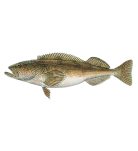
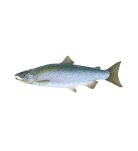
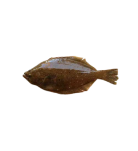
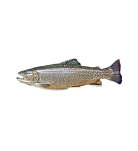
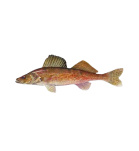
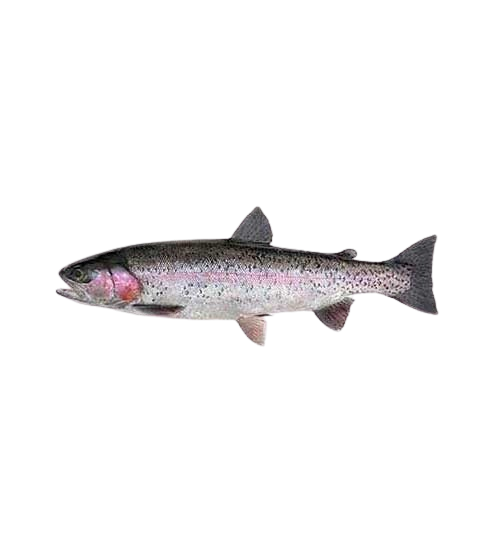
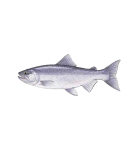
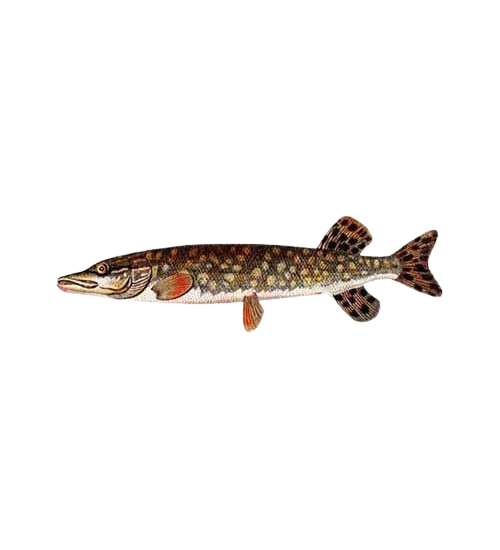
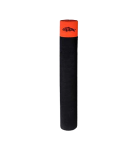
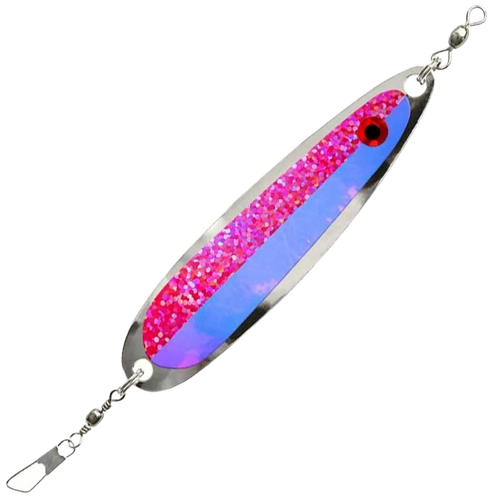
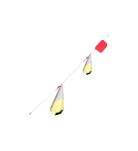
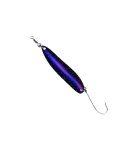
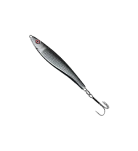
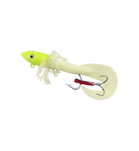
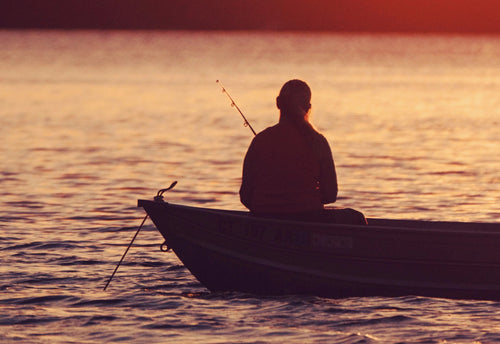
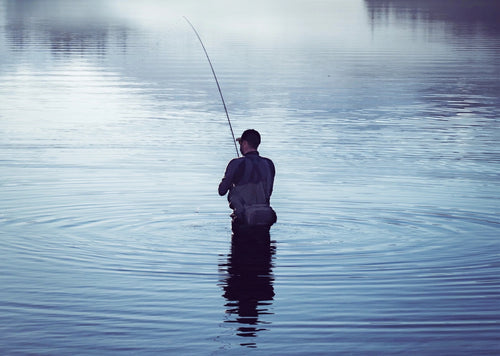
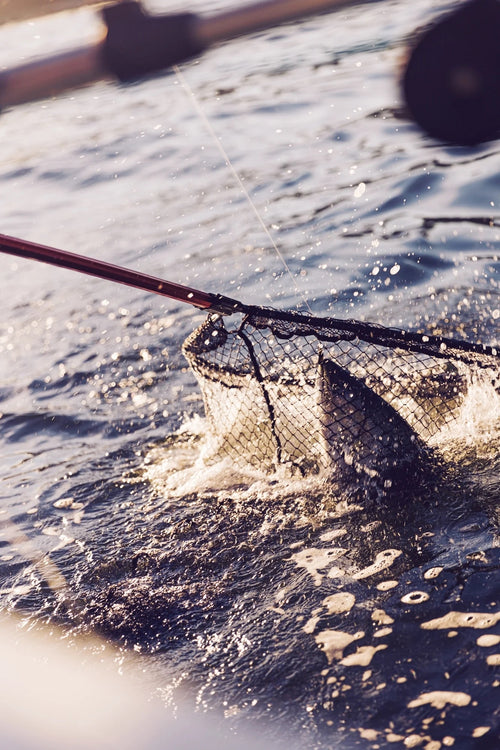
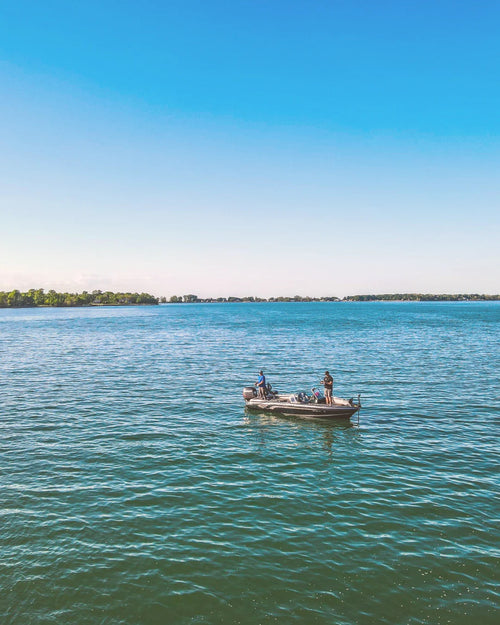
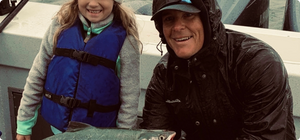
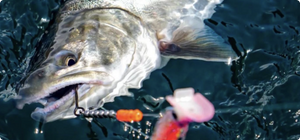
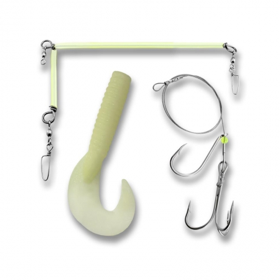
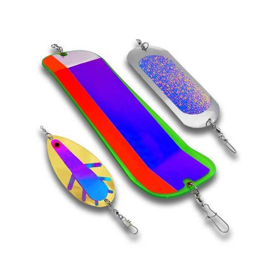
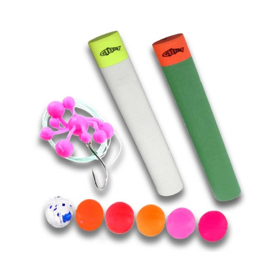
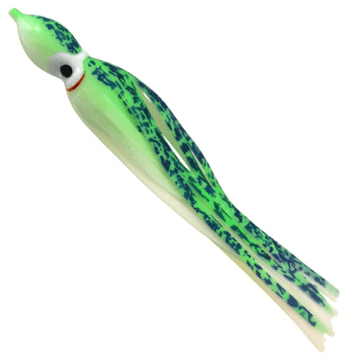
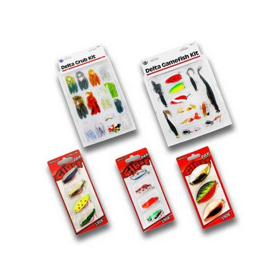
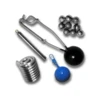
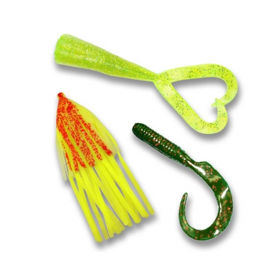
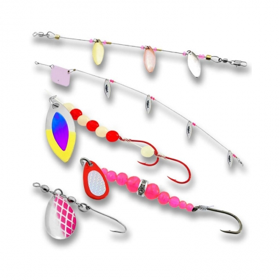
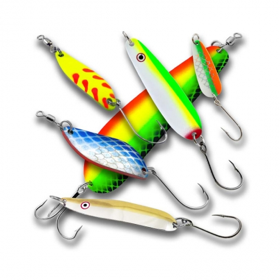
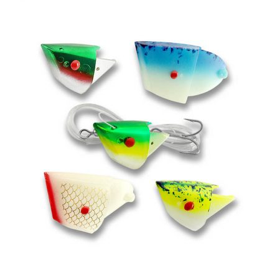
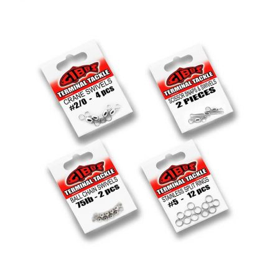
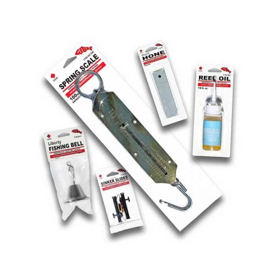
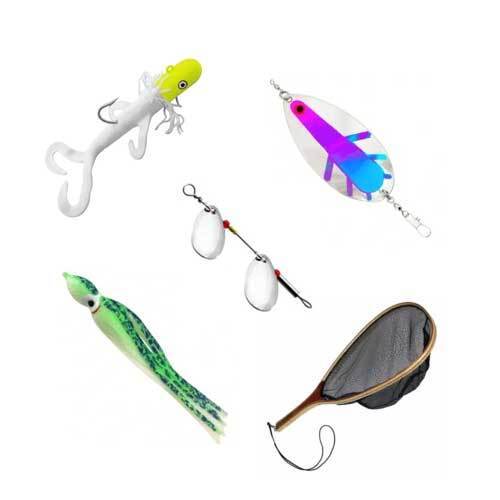
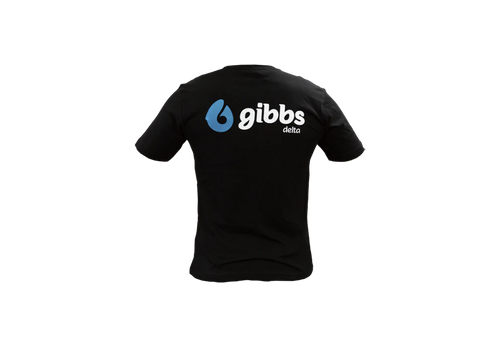
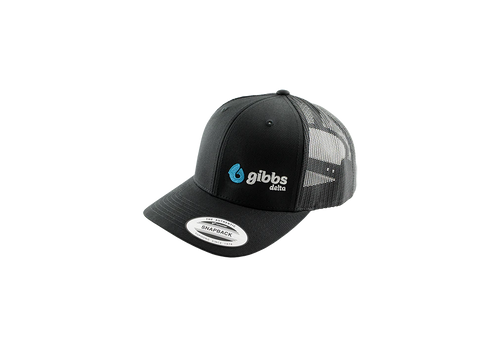
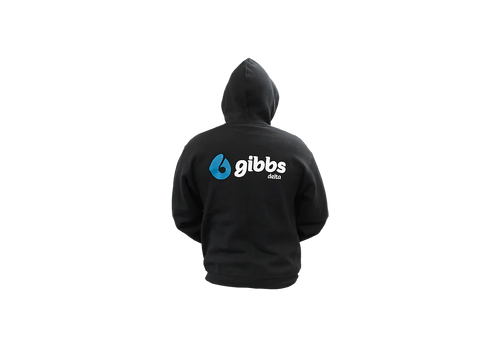
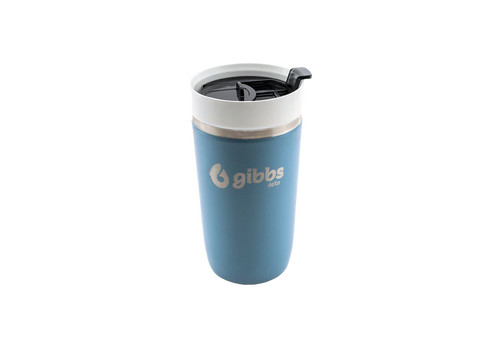





Leave a comment